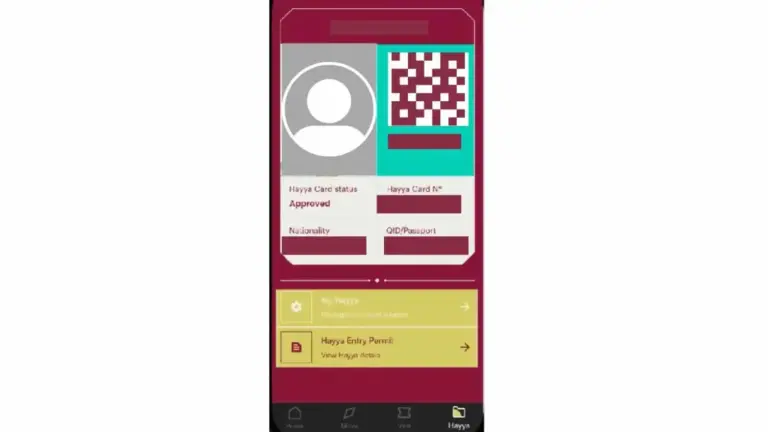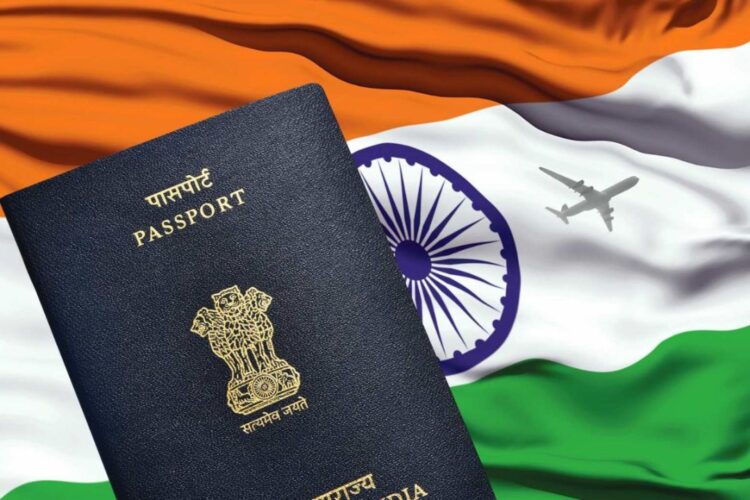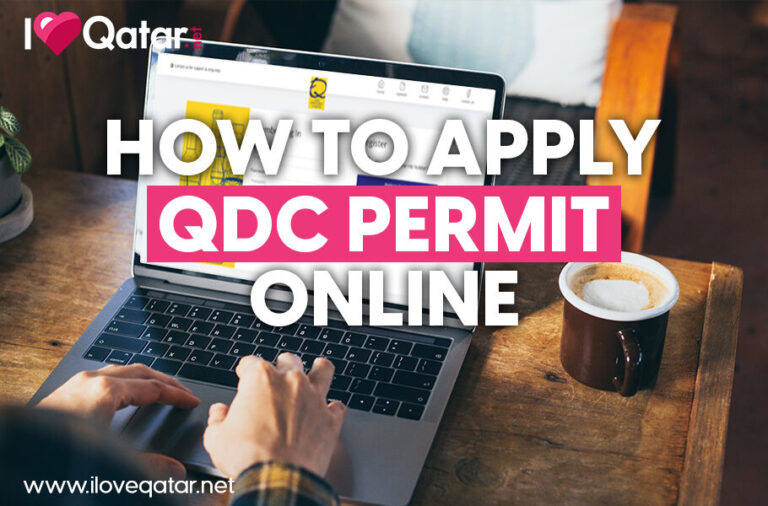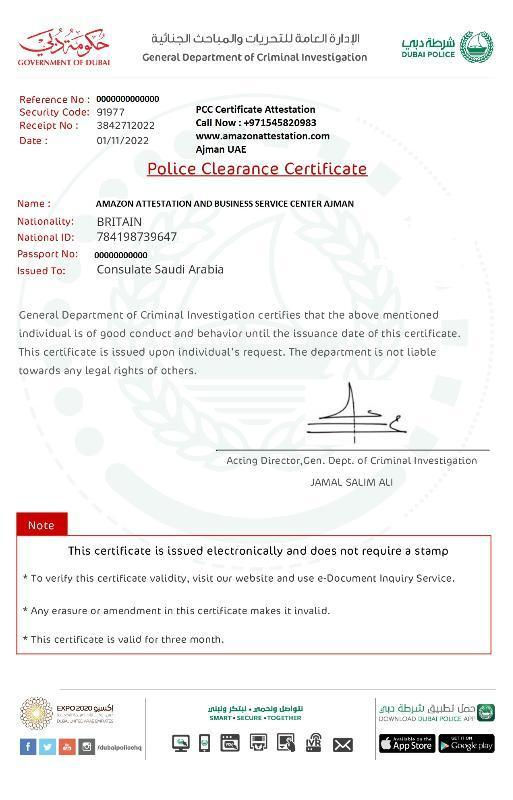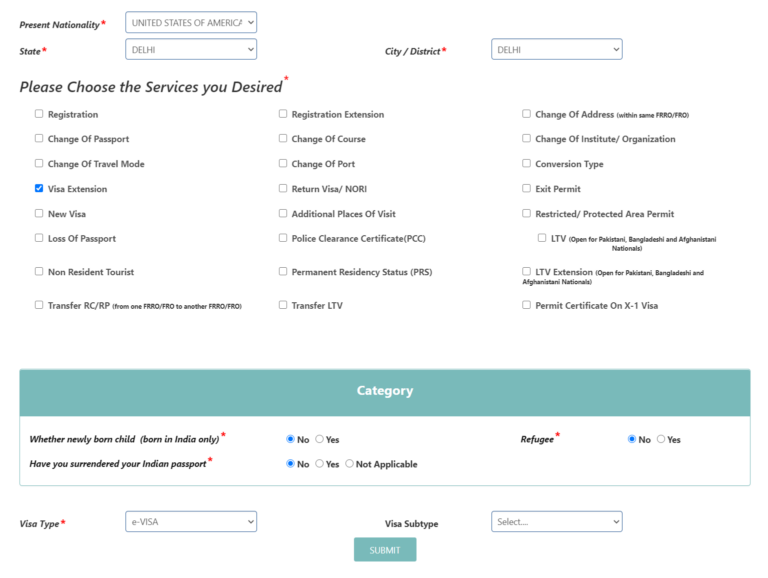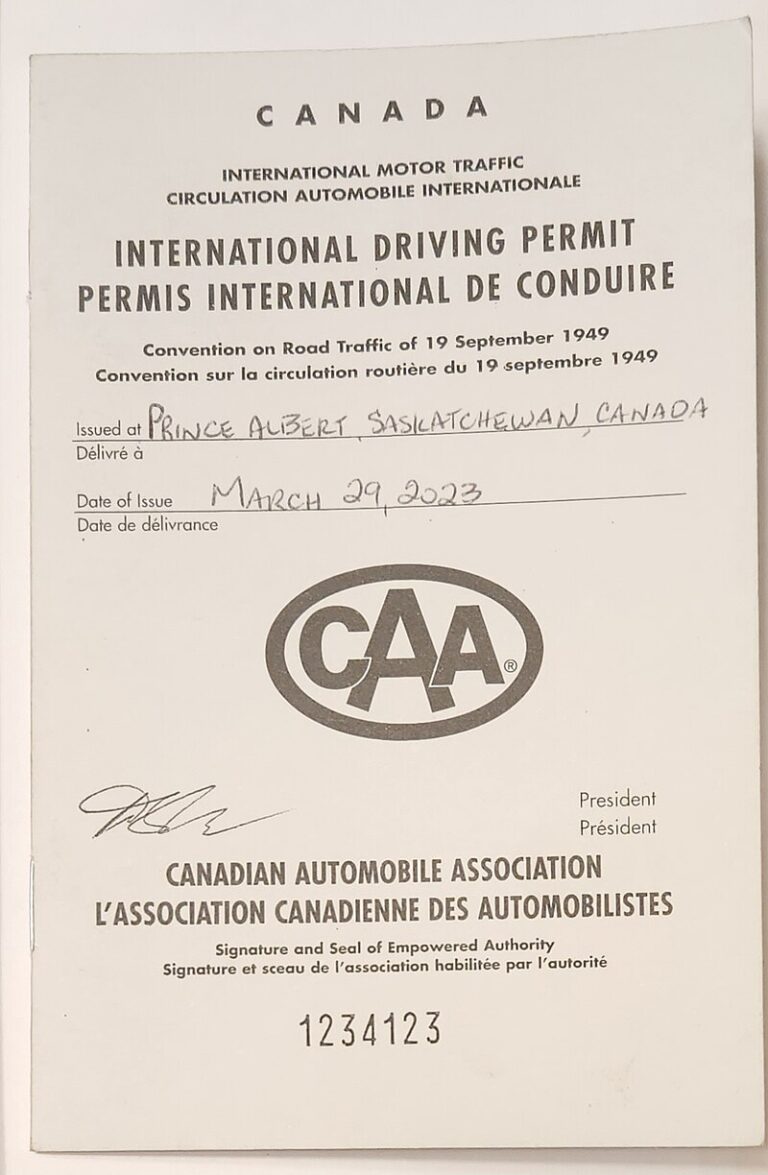Unlock Opportunities: Navigating the Indian Conference Visa Requirements
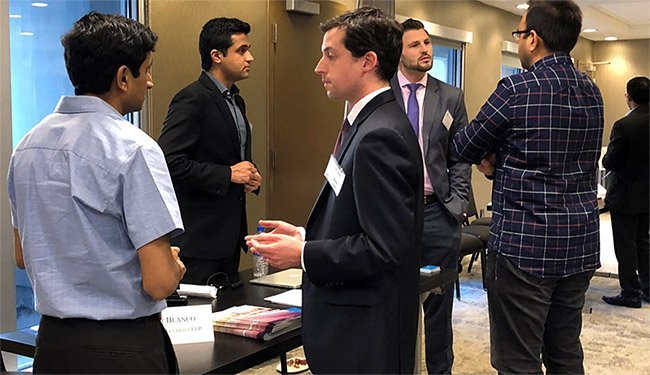
Understanding Indian Conference Visa
Navigating the requirements for an Indian conference visa is essential for a hassle-free experience. This section will help you understand the difference between an e-visa and a traditional visa, as well as details on visa validity and stay duration.
E-Visa vs. Traditional Visa
When applying for an Indian conference visa, you have two main options: the e-visa and the traditional visa. Each type has its own advantages and specific requirements.
E-Visa:
- Validity Period: 120 days
- Stay Duration: Up to 30 days
- Entry Type: Single entry
- Application: Online submission
- Processing Time: Shorter compared to traditional visa
Traditional Visa:
- Validity Period: 90 days
- Stay Duration: Up to 30 days
- Entry Type: Single entry
- Application: Submission at a consulate or embassy
- Processing Time: Longer, involves additional paperwork
Visa Validity and Stay Duration
Understanding the validity and stay duration of your conference visa will help you plan your trip better.
| Visa Type | Validity Period | Maximum Stay Duration | Entry Type |
|---|---|---|---|
| E-Visa | 120 days | 30 days | Single-entry |
| Traditional Visa | 90 days | 30 days | Single-entry |
Both visa types allow you to stay in India for a maximum of 30 days. It’s important to note that both options are single-entry, meaning you cannot re-enter the country once you leave.
For additional details on the application process and step-by-step instructions, visit our guide on the Indian visa application process. To understand the fee structure, refer to Indian visa fees.
By understanding these basic elements, you can better navigate the complex requirements of obtaining an Indian conference visa. Make sure to also check out our article on Indian visa requirements to ensure you have all necessary documents ready.
Applying for a Conference Visa
To attend an international conference in India, securing the right visa is essential. This section outlines the necessary documents and eligibility criteria for obtaining an Indian conference visa.
Required Documents
Before you begin your application for an Indian conference visa, ensure you have the following documents prepared:
- Invitation Letter: A formal invitation letter from the conference organizer(s).
- Ministry Clearances:
- A copy of Ministry of Home Affairs (Foreigners Division) clearance for holding the conference.
- A copy of the communication from the Ministry of External Affairs conveying political clearance.
- Passport: A valid passport with at least six months of remaining validity.
- Photographs: Passport-sized photos adhering to Indian visa photo requirements.
- Application Form: A completed visa application form (apply for Indian visa online).
- Proof of Address: Proof of your current residence, such as utility bills or a lease agreement.
For a comprehensive checklist, refer to the Indian visa documents checklist.
Conference Eligibility Criteria
Meeting the eligibility criteria is crucial for a successful visa application:
- Purpose of Visit: Clearly state that the primary purpose of your visit is to attend a conference, seminar, workshop, business meeting, or board meeting.
- Single-Entry Visa: Note that both e-visa and traditional visa options available for conferences are single-entry visas. They permit a maximum stay of 30 days.
- Validity Period:
- Compliance with Document Requirements: Ensure all required documents are accurate and complete.
| Visa Type | Validity Period | Maximum Stay | Entries Allowed |
|---|---|---|---|
| E-Visa | 120 days | 30 days | Single-Entry |
| Traditional | 90 days | 30 days | Single-Entry |
For additional information on visa fees, visit our page on Indian visa fees. To understand the overall visa processing timeline, check our guide on Indian visa processing time.
Meeting these requirements and having all necessary documents ready will streamline the application process, helping you unlock opportunities at the conference with ease.
Invitation Letter and Clearances
Importance of Invitation Letter
Your journey towards obtaining an Indian conference visa begins with securing an invitation letter. This document is essential for your visa application and must be provided by the conference organizer(s) (Consulate General of India, San Francisco, California). The invitation letter should include specific details about the conference, such as:
- Conference dates
- Venue
- Topics
- Role or participation level of the invitee
Without this letter, your application may be deemed incomplete, leading to delays or denial of the visa. The invitation letter serves as a formal endorsement from the organizers, confirming the legitimate purpose of your visit. To ensure a smooth process, make sure the invitation letter complies with all guidelines set by the Indian authorities.
Ministry Clearances for Conferences
Obtaining a conference visa involves additional layers of clearances from various Indian ministries. These clearances ensure that the conference meets all the necessary regulations and standards set by the Indian government.
-
Ministry of Home Affairs (Foreigners Division) Clearance:
To hold an international conference in India, the organizers must secure clearance from the Ministry of Home Affairs (MHA). This clearance is crucial for your visa application as it verifies that the conference is authorized to take place. The MHA clearance serves as a safeguard, ensuring that the event complies with all national security protocols (Consulate General of India, San Francisco, California). -
Ministry of External Affairs Political Clearance:
In addition to the MHA clearance, political clearance from the Ministry of External Affairs (MEA) may also be required. This clearance ensures that the conference aligns with India’s foreign policy and diplomatic objectives. Both MHA and MEA clearances are integral components of the conference visa process (Consulate General of India, San Francisco, California).
Delegates applying for a conference visa often need to attach copies of both the MHA and MEA clearances with their visa application. Failure to provide these documents can result in the denial of the visa. For a detailed overview of the Indian visa application process, including documents and other requirements, consult our resources.
To further streamline the process, be sure to collect all necessary clearances well in advance of your application submission. This proactive approach minimizes the risk of delays and ensures that your conference participation is smooth and hassle-free.
By understanding the importance of the invitation letter and obtaining the necessary ministry clearances, you can navigate the Indian conference visa requirements with confidence. The thorough preparation will not only enhance your application but also ensure a successful and enriching conference experience in India. For more detailed Indian visa requirements and updates, refer to our comprehensive guides.
Process for Obtaining a Conference Visa
Application Submission
To apply for an Indian conference visa, there are specific steps you need to follow. Here is a detailed overview of the application submission process:
-
Invitation Letter: Obtain an invitation letter from the host organization of the conference. This is a mandatory document and should be included in your visa application. For more information, you can refer to our section on the importance of the invitation letter.
-
Ministry Clearances: Ensure that the conference has the necessary clearances. This includes:
- Clearance from the Ministry of Home Affairs (Foreigners Division).
- Political clearance from the Ministry of External Affairs. These clearances ensure the legitimacy and credibility of the event.
-
Application Form: Complete the Indian conference visa application form accurately. You can either apply online (apply for indian visa online) or submit a traditional paper application.
-
Required Documents: Gather all necessary documents. A checklist can be found on our indian visa documents checklist. This typically includes:
- Passport with at least six months validity.
- Two recent passport-sized photographs that meet the indian visa photo requirements.
- Completed visa application form.
- Invitation letter.
- Ministry clearances mentioned above.
| Document | Requirement |
|---|---|
| Passport | Validity of at least six months |
| Photos | Two recent passport-sized |
| Application Form | Completed and accurate |
| Invitation Letter | From host organization |
| Ministry Clearances | Home Affairs and External Affairs |
- Submit Application: Submit your application along with the required documents either online or at the nearest Indian consulate. For more details on the submission process, refer to our section on indian visa application process.
Visa Approval Timeline
The visa approval timeline can vary depending on the type of visa and the processing times at the consulate. Here is what to expect:
| Visa Type | Validity Period | Processing Time |
|---|---|---|
| E-visa | Up to 120 days | 3 – 5 business days |
| Traditional Visa | Up to 90 days | 7 – 10 business days |
-
E-visa: If you opt for an e-visa, the processing time is generally quicker, around 3 to 5 business days. The validity period for the conference e-visa is up to 120 days (VisaHQ). For more information on e-visas, visit our article on the indian e-visa process.
-
Traditional Visa: The processing time for traditional visas is typically 7 to 10 business days. The validity period for a traditional conference visa is up to 90 days (VisaHQ).
Ensure to plan your application well in advance of your intended travel dates. Keeping track of your visa processing status is crucial. For further details, you can check our guide on indian visa processing time.
Conference Visa Restrictions
Before applying for an Indian conference visa, it’s essential to understand the restrictions that come with it. These limitations can affect your travel planning and conference attendance.
Single-Entry Limitations
The Indian conference visa, whether you opt for the e-visa or traditional visa, is issued as a single-entry visa. This means you are permitted to enter India only once during the visa’s validity period. Once you exit the country, the visa cannot be used again for re-entry. This restriction is crucial to keep in mind if your travel plans involve exiting and re-entering India for multiple events or visits.
| Visa Type | Entry Type | Validity Period |
|---|---|---|
| Conference E-Visa | Single-Entry | 120 Days |
| Traditional Visa | Single-Entry | 90 Days |
For more information on the e-visa process, visit indian e-visa process.
Maximum Stay Duration
Another important restriction of the Indian conference visa is the maximum stay duration. Whether you choose the e-visa or the traditional visa, both options allow a maximum stay of 30 days in India. Exceeding this duration can lead to legal issues, such as fines, deportation, or future visa denials.
| Visa Type | Maximum Stay Duration |
|---|---|
| Conference E-Visa | 30 Days |
| Traditional Visa | 30 Days |
Ensuring you adhere to this time limit is essential to avoid complications, especially if you intend to engage in multiple conferences or wish to extend your stay beyond the permitted period. For information on how visa duration impacts your trip, you can refer to indian visa validity period.
Understanding these restrictions will help you better navigate the [indian conference visa] process and make the most of your time in India. Organize your travel plans accordingly and ensure you comply with the single-entry and stay duration limitations to have a seamless and successful conference experience. For more specific visa inquiries, check our indian visa helpline page.
Tips for a Smooth Conference Visa Process
For a seamless experience in obtaining your Indian conference visa, it is crucial to stay organized and adhere to deadlines.
Organizing Documents
A well-organized document set is key to a hassle-free visa application. Here are the essential documents you need to gather and keep in order:
- Valid Passport: Ensure your passport is valid for at least six months from the date of arrival in India and has at least two blank pages.
- Visa Application Form: Fill out the form accurately. You can apply for an Indian visa online.
- Invitation Letter: Obtain an official invitation letter from the conference organizers.
- Proof of Address: Recent utility bill or bank statement.
- Passport-Sized Photos: Adhere to the Indian visa photo requirements.
- Registration Proof: Confirm your registration for the conference.
- Travel Itinerary: Include flight tickets and accommodation details.
- Visa Fees Receipt: Payment proof for the Indian visa fees.
Document Checklist
| Document | Description |
|---|---|
| Passport | Valid for six months |
| Application Form | Accurate and complete |
| Invitation Letter | Official conference invite |
| Proof of Address | Utility bill, bank statement |
| Photos | As per visa photo requirements |
| Registration Proof | Conference registration |
| Travel Itinerary | Flights, accommodation |
| Visa Fees Receipt | Proof of payment |
For an exhaustive list, refer to the Indian visa documents checklist.
Meeting Application Deadlines
Adherence to deadlines ensures a smooth application process. Here are crucial tips for meeting your conference visa deadlines:
- Start Early: Begin preparations several weeks in advance.
- Understand Processing Times: Be aware of the Indian visa processing time. Processing can take anywhere from 3 to 6 business days (VisaHQ).
Important Timelines
| Task | Recommended Timeframe |
|---|---|
| Document Gathering | 4-6 weeks before departure |
| Application Submission | 3 weeks before departure |
| Follow-Up | Within 1 week of submission |
| Final Preparations | 1 week before departure |
Stay punctual in all steps to avoid last-minute hassles. For more detailed guidance, visit our article on the Indian visa application process.

